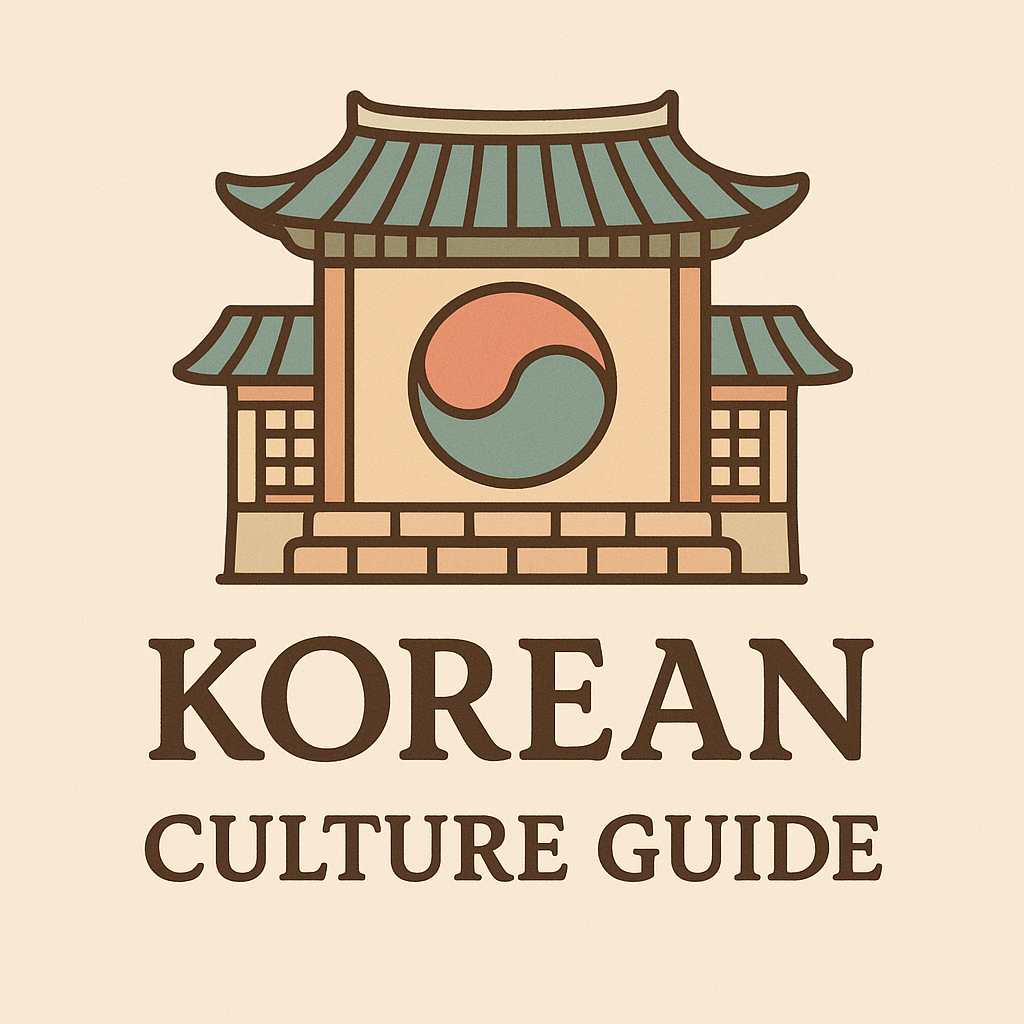-
contents
The Mirror and the Mourning
Have you ever wondered why some cultures hide or cover mirrors when someone dies? In Korea, this isn't just superstition—it's a deeply spiritual act. Covering mirrors during funerals may seem strange to outsiders, but for many Koreans, it's an essential part of guiding the soul peacefully to the afterlife. The mirror, after all, is no ordinary household item. It is believed to be a portal, a trap, or even a spiritual hazard. But what lies behind this age-old ritual?
The Mirror as a Spiritual Gateway
In many Eastern traditions, the mirror is far more than a reflective surface. In Korean shamanism (무속신앙), it is viewed as a bridge between worlds—a passageway through which spirits can enter or become trapped. During a funeral, when the boundary between the living and the dead is considered thinnest, mirrors become especially dangerous.
"A spirit may not know it has died," some elders say. "If it sees itself in the mirror, it may become confused, get stuck, or refuse to leave."
In this belief, the soul risks becoming earthbound, wandering aimlessly instead of moving on to the afterlife. Thus, covering the mirror isn't just tradition—it’s protection.

Reflections of the Living and the Dead
Another popular interpretation is rooted in yin and yang dualism, central to Korean cosmology. Mirrors are thought to reflect not only the physical form but also the energy or spirit (기, gi) of the person. During mourning, the energy of a home is shifted dramatically—grief, ritual, incense, and open gateways to the spirit world can create a fragile environment.
If someone were to see their own reflection during this period, particularly in ceremonial white clothing (상복), it is believed they might invite bad luck or illness, as their energy is vulnerable.
Buddhist Influence: Avoiding Attachment
Korea’s deep Buddhist roots also contribute to this practice. Buddhism teaches that the soul must detach from earthly ties in order to reincarnate or reach nirvana. A mirror, which reflects the world as it is, can cause the soul to cling to its former identity—especially if it catches a glimpse of itself.
Buddhist monks often advise covering mirrors not just during funerals, but also in meditation rooms to avoid vanity and distraction. In death rituals, the concern is more profound: attachment delays rebirth.
Shamanic Rituals and Ancestor Worship
Traditional Korean funerals often incorporate gut (굿), a shamanic ritual led by a mudang (무당). In these ceremonies, mirrors may be used to summon or communicate with spirits—but only with expert guidance.
In everyday homes, however, mirrors are covered to prevent accidental contact. Ancestors are invited respectfully through proper rites—not via reflective glass. Spirits that are not properly addressed may become restless or malevolent, a belief echoed in Korea’s rich folklore about 귀신 (gwishin)—ghosts that haunt mirrors, water, or corners of rooms.
A Modern Twist on an Ancient Practice
While not every Korean today believes in ghosts or shamanic gateways, the custom of covering mirrors endures. Why?
Because funerals are not just religious ceremonies—they are emotional, cultural, and familial events. Covering a mirror can bring comfort. It shows respect for tradition and creates a solemn atmosphere for the deceased and the mourners.
In some modern homes, people place a white cloth or even paper over the mirror. In funeral halls, staff may discreetly remove reflective surfaces entirely. It’s not superstition—it’s mindfulness.
Global Mirror Beliefs: Not Just Korea
Interestingly, Korea is not alone in this custom. Similar practices exist around the world:
- Victorian England: Mirrors were covered to prevent the soul of the dead from being trapped.
- Jewish Shiva: Mirrors are covered during mourning to focus inward, not on appearances.
- China and Japan: Like Korea, many avoid reflective surfaces during funerals.
This cross-cultural similarity shows a universal human instinct: to honor the dead and protect the living during moments of deep transition.
More Than Just a Reflection
The practice of covering mirrors during Korean funerals isn’t a superstition to be dismissed. It’s a powerful symbol—a mix of shamanic lore, Buddhist philosophy, ancestral respect, and human psychology. Whether one believes in spirits or not, these rituals serve as cultural anchors, helping people process loss and respect the mysterious path of the soul.
So next time you see a covered mirror, ask yourself:
Is it just tradition—or is it shielding us from something we cannot see?'culture' 카테고리의 다른 글
K_Culture Guide
Korea Vibes Blog shares real stories, cultural insights, and travel tips from Korea. Discover what makes Korean life so unique.
